Istanbul’s Burnt Down Historical Places in Last 10 Years
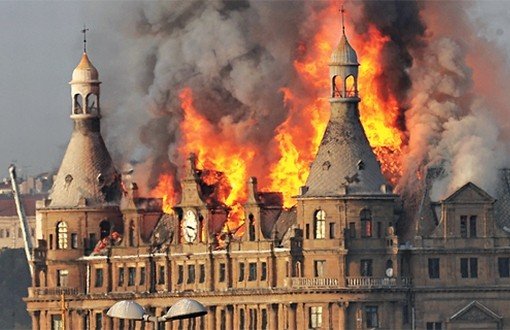
The recent blaze in Hüseyin Avni Pasha Mansion in Üsküdar Fethipaşa Grove connoted the fires in other historical buildings.
The city’s blazes date back to 300 thousand years ago in Istanbul Metropolitan Municipality’s website. And Istanbul’s fires are called as “a unique drama in the world.”
“History named the drama as 'dragon'. The dragon is not 7-headed, It is sometimes 27-headed each of which sets on fire. There were times that the dragon swept the half of Istanbul away, left hundreds and thousands of people among ruins.”
No fires reported in the last 14 years
Including data about the 648 fires, the list of Istanbul’s fires starts from 1510 and finishes in December 6, 2000. There were no fire in Istanbul within the last 14 years, according to the list and the text of fire.
The critical text about the fires indicates that everything stayed behind.
“Istanbul frequently burnt down almost entirely because the buildings were wooden and next to each other, the streets were narrow and there were no water and extinguishing means. However, after each fire disaster, no objections were stated for leaving the avenues and streets in their old situation, in a narrow and complicated position; as it wasn’t stated for the permit to built wooden structures again in the burnt area. In fact, too few differences was seen in a newly built district or street from the older burnt street within 10 or 15 years. The newly built district was sharing the same or maybe worse fate as the older one.
Compiling the fires in historical places of Istanbul in 10 years, bianet contributes a little to the completion of the list.
Gaziosmanpaşa School
* Wanted to be evacuated, Gaziosmanpaşa Primary School in Beşiktaş, Ortaköy totally burnt down in July 2002, from an “electrical contact.” The officials made statements about the building, saying it would be rebuilt in the same way and would continue its service as an educational building; however, an otel construction has just started there today.
Haydarpaşa Train Station
* The devolution of Haydarpaşa Train Station and its terrain around the station for touristic, commercial etc. purposes and hotels came into question. A fire broke out on the roof of Haydarpaşa Train Station in November 28, 2010 and the whole roof of the historical building entirely burnt down. Allegations such as the station was burnt down for building a new hotel brought out in both media and public opinion. As a response to the allegations, officials stated the restoration of the station would start immediately; as to the fire, it originated from an electrical contact, said the officials. Nevertheless, any improvement for restoration has not been applied until today. Additionally, The project for Haydarpaşa Station and its surroundings was approved by the municipality and the preservation congress.
Kılıç Ali Paşa Mosque
*During the restoration of Kılıç Ali Paşa Mosque built by Sinan the Architect in 1580, a fire broke out on the roof of the mosque in February, 2011. The responsible for the fire, extinguished without damaging the building much, was “electrical contact” again.
Hünkar Qasr
* In February 19, 2011 a fire broke out in Hünkar Qasr -a totally wooden place in Istanbul Beyazıt Mosque’s yard. The building’s top floor totally burnt down. “Electrical contact” was the reason again.
Grand Bazaar's Gate
*In December 23, 2012 a fire broke out on the Örücüler gate of Grand Bazaar.
Cağaloğlu Office
In Cağaloğlu, 5-storey Istanbul Provincial Directorate for National Education building built in 1865 totally burnt down in early morning, December 25, 2012. The 147-year-old building also burnt down because of an “electrical contact.”
Galatasaray University
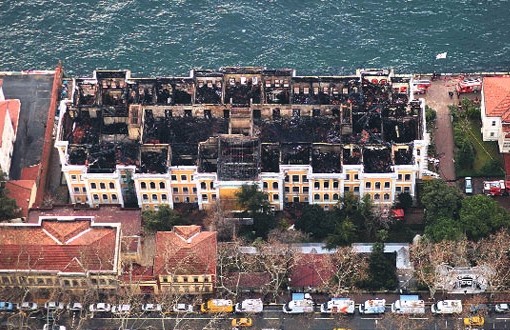
* A huge amount of the 142-year-old historical building of Galatasaray University burnt down in January 22, 2013. Electrical contact was the reason. Now that with the restoration project of the burnt building, criticisms about turning the building into reinforced concrete has arose.
Kara Mustafa Paşa Mosque
* The fire burnt down the fountain, toilet, library and the primary school of Kemankeş Kara Mustafa Paşa mosque built as the palace’s mosque in Karaköy, ordered by Mustafa III in 1766. (NV/MEV/BM)
* Click here to read the article in Turkish.
Engineers Inspect Hasankeyf: Caves Damaged
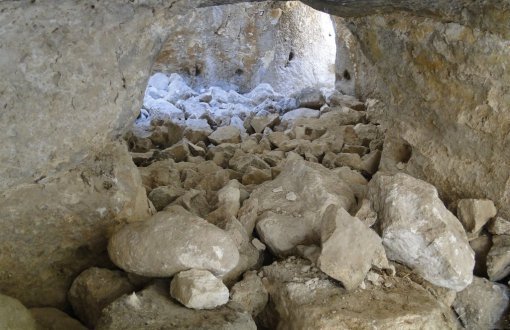
Sexual, Physical Violence Against People With Disabilities Increase

Villagers on Watch in Çanakkale Against Geothermal Power Plants
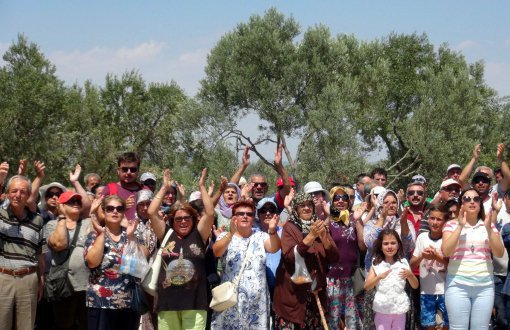
Judge Replaced Ahead of Summary Judgement in Soma Trial
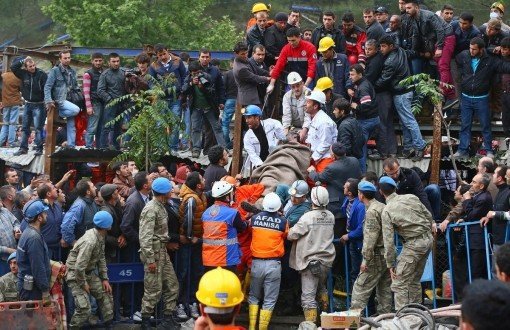
Most Miner Families Withdraw Complaint in Occupational Homicide Trial in Şirvan






